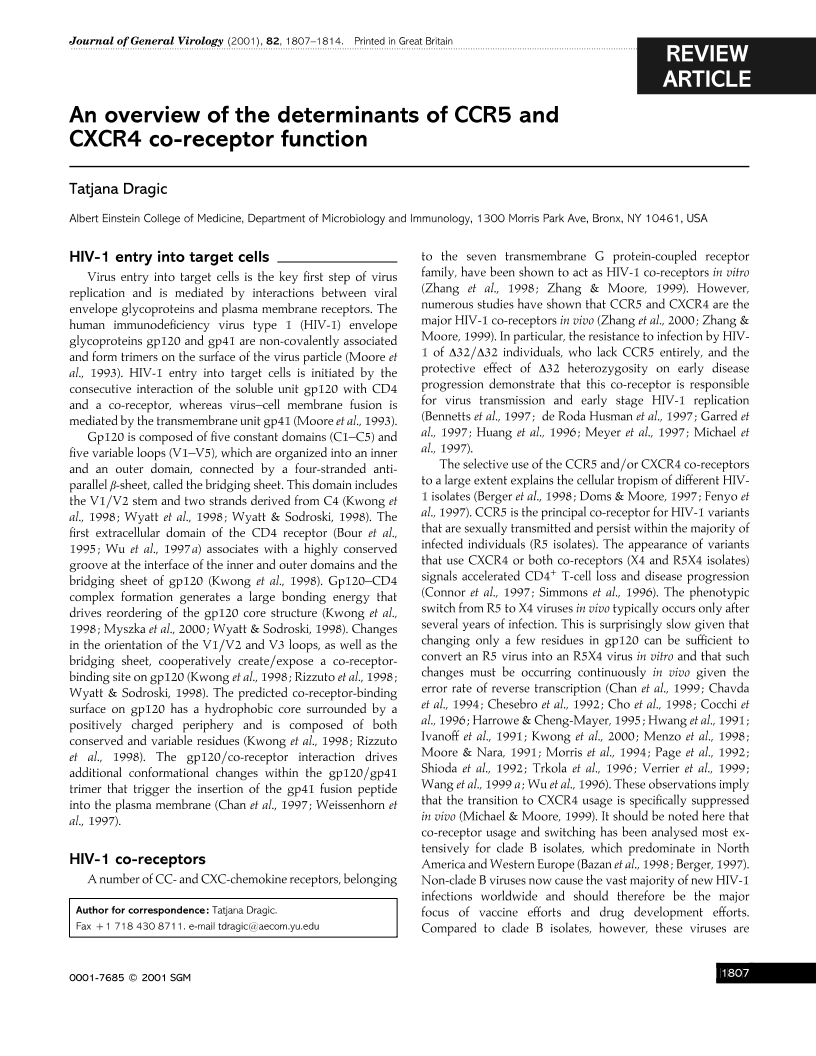
Full text loading...

An overview of the determinants of CCR5 and CXCR4 co-receptor function, Page 1 of 1
< Previous page | Next page > /docserver/preview/fulltext/jgv/82/8/0821807a-1.gif
There is no abstract available.

Article metrics loading...

Full text loading...
References

